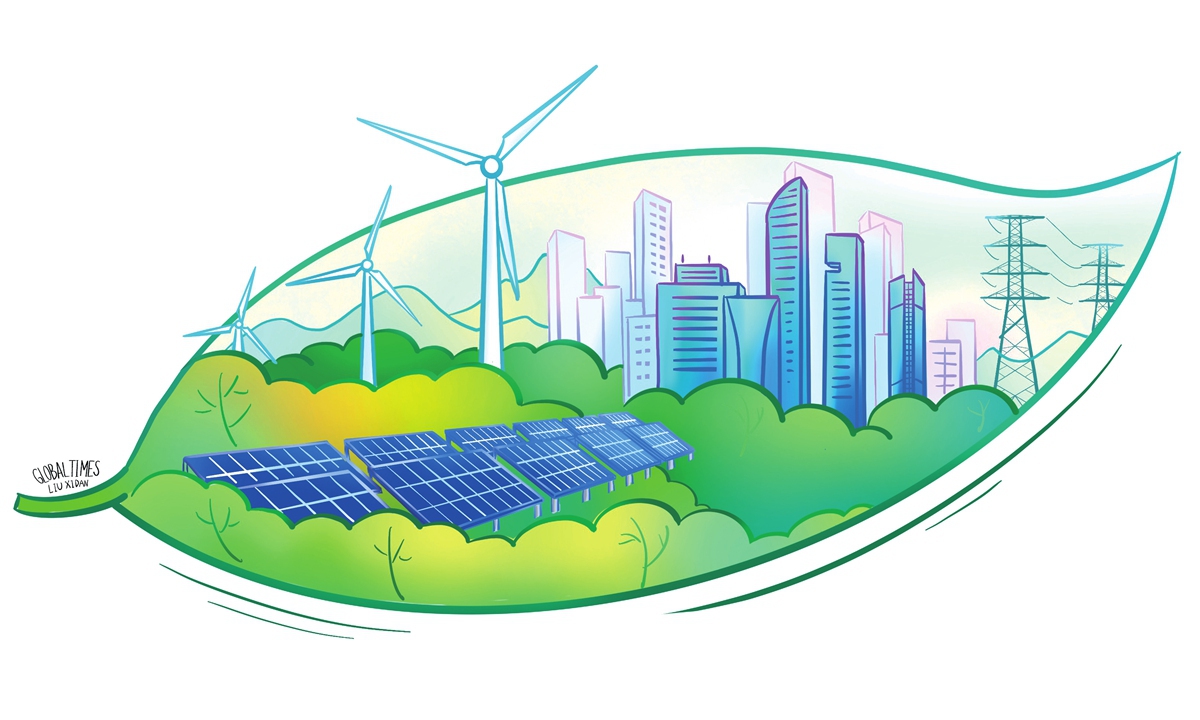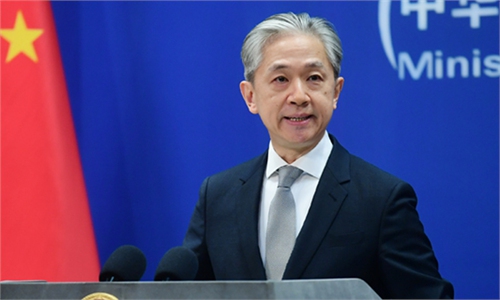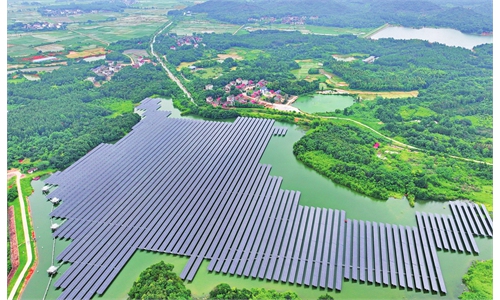
Illustration: Liu Xidan/GT
China is making every effort to integrate its pursuit of carbon goals further into its economic development amid Western questions about whether the country will meet its 2030 carbon pledge. The latest example of such efforts is the coming reboot of its carbon market.China has published draft regulations and guidelines for its voluntary carbon market, the China Certified Emission Reduction (CCER) program, in the latest move suggesting that the reboot of the suspended market is getting close, the South China Morning Post reported over the weekend. The guidelines provide examples of carbon reduction activities in 16 industries, and include the use of renewable energy, energy efficiency enhancement, forestation and carbon capture and storage.
China's improvement of its carbon trading regulations is a testament to its serious and careful attitude toward honoring its carbon pledge. This is also the best response to the concerns of some Western observers as to whether the country is determined enough to pursue its carbon peak and neutrality targets, at a time when its economy is facing headwinds.
Such fears are unnecessary and only show that the Western understanding and analysis of the Chinese economy are flawed and based on false perceptions of the nation's green development. China's economic fundamentals still have relatively strong endogenous power, and it is on this basis that our efforts to reduce emissions are moving forward at our own pace.
It is impossible for those who only know Western theory and thinking to fully and correctly understand how China's economic development is on par with its carbon targets. They have not only underestimated the determination and efforts of the Chinese government to achieve its emission reduction targets, but also showed ignorance of the economic logic behind China's green development drive.
Why is China confident of meeting its carbon pledge? This is because energy conservation and emission reduction have been fully integrated into China's economic development agenda.
On the one hand, without the pursuit of carbon peak and neutrality targets, there is no way for us to achieve the goal of transforming our economy to one of high-quality development. China has established the direction of economic restructuring and transformation, which is a case of moving away from traditional high-pollution, energy-intensive industries to high-tech, low-carbon emissions industries. Such a transition will not only reduce carbon emissions, but will also promote sustainable economic development.
On the other hand, China has mastered some of the key aspects of next-generation energy technologies, enhancing its confidence in combining carbon targets with its energy transition and industrial upgrading. China's high-tech companies have made many important breakthroughs in the fields of clean energy, energy conservation, and environmental protection, providing strong support for green development.
For instance, China's electric vehicle (EV) industry has grown rapidly to become the world's largest market for EVs. China accounted for 35 percent of global EV exports in 2022 compared with only 4.2 percent in 2018, according to the International Energy Agency. Meanwhile, China's share of the global battery market has surpassed 60 percent, according to media reports. The results of technological innovation and applications have not only helped reduce emissions, but also improved the country's industrial efficiency and competitiveness.
The reason why Western public opinion appears suspicious about China's carbon emissions efforts is mainly because of the belief that decarbonization cannot coexist with economic development. But China has gradually proved to that it can do both. Green development will not necessarily come at the expense of industrial losses, but become a better driver of high-quality industrial development.



